Articles
English
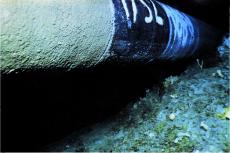
DNV GL
Pipelines in ultra-deep water depth are generally associated with design and installation technical challenges. Research and development efforts to improve reliability and efficiency of subsea pipelines, keeping the associated risks within an accepted range, are still a must. Improvement of the pipe steel grade quality, manufacturing innovations,…
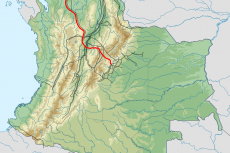
Oleoducto Central S.A
Applicability of a simplified pipe-soil interaction model on determining pipeline’s dynamic behaviour, once seabed support is lost due to seabed liquefaction, is evaluated over Oleoducto Central-Ocensa (central oil pipeline). Located in Colombia, South-America, this transportation line has 12.5km of subsea pipeline in the Gulf of Morrosquillo-…
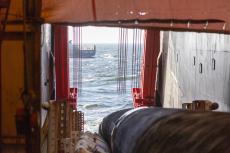
EUROPIPE & Nord Stream 2 AG
The Nord Stream 2 pipeline will transport natural gas into the European Union (EU) to enhance the security of supply, support climate goals and strengthen the internal energy market. Running through the Baltic Sea, Nord Stream 2 will deliver natural gas directly from some of the world’s largest known reserves in Russia to the neighbouring EU gas…
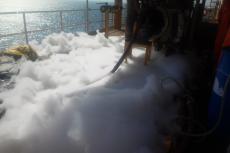
IPEC & Pipeline and Process Services
Safety is a crucial issue in operational activities. When performing a hot work operation on a live pipeline, it is very important to isolate the pipeline to prevent any dangerous event. In this paper, a newly and innovatively designed approach has been presented which has been used to isolate a 32” and an 18” offshore and infield pipelines from…
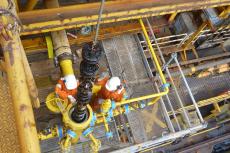
Total Exploration & Production & 3P Services
The paper describes development of In-Line Inspection (ILI) tools and equipment for deployment in 500+m water depth offshore oil production pipelines. Various design challenges were posed by the operational conditions and the pipeline operator.
A joint development project is described in which 3P Services and Total E&P define the necessary…
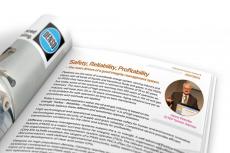
Editorial 3-2018
Pipelines are the veins of a worldwide energy system, serving industry and clients with all kinds of liquids and hazardous fluids and gases. In the 1920s to 1950s they have been built with a commercial lifetime of 25 to 30 years, but today some of the systems are reaching their 100 years of operation anniversary. The main bulk of high pressure…
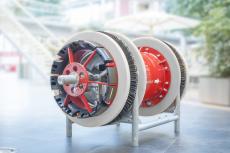
Rosen
Data-driven approaches are gaining momentum in the pipeline industry. Proactive pipeline maintenance requires the collection and management of data from cleaning programs for future use.
This paper illustrates an approach which allows pipeline operators the opportunity to build up a database of information on their assets from standard cleaning…
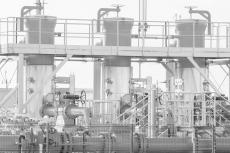
GAZ-SYSTEM
The main goal of this paper is to estimate onshore buried pipeline failure probability based on Magnetic Flux Leakage (MFL) inspection data. Degradation of an underground steel structures during their service life leads to reduction of the pipe wall thickness. Periodic in-line inspections are performed by grid operators to detect corrosion…
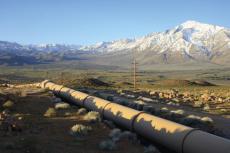
Baker Hughes, a GE Company
For pipelines with successive ILI runs the detected population of corrosion defects can be compared to identify both internal and external corrosion growth. Depending on the number of defects to be compared, the assessment can demand significant effort and expertise to ensure accurate and meaningful correlations between often very large ILI data…
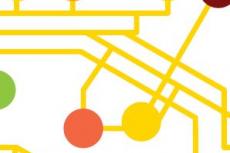
DNV GL & Gasunie Transport Services
The 40 bar regional gas transportation network of Gasunie Transport Services (GTS) consists of, in addition to pipelines, valve stations, pressure regulating and metering stations and gas receiving stations. The majority of these stations have been built in the period 1960-1980. This raises questions on the remaining technical life-time of these…
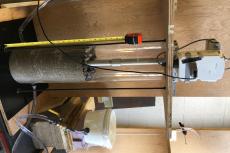
Direct-C
Leaks from oil pipelines, storage tank and other facilities can be disruptive, expensive and can cause significant damage to the environment. The consequences of such leaks have been well published in recent years, leading to increased political pressure on the industry to find improved ways of monitoring for leaks.
According to data published by…
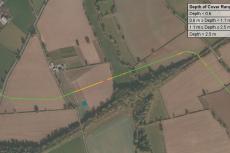
Rosen & National Grid
Third-party interference is widely documented as being a major cause of damage to buried pipelines. In addition to routine surveillance, maintaining a minimum depth of cover is recognized as a key means of mitigation against third-party interference. We know that the depth of cover over pipelines can change with time. Current techniques available…
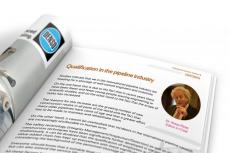
Editorial 2-2018
Studies indicate that we in the international pipeline industry are heading for a shortage of well-trained engineers and scientists.
On the one hand, this is due to the fact that in recent years there have been fewer and fewer young people starting engineering or scientific studies, and on the other hand to the fact that the scope of tasks has…
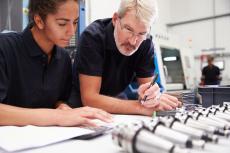
Rosen
All professional engineers make a commitment to maintain and enhance their competence by undertaking ‘Continuing Professional Development (CPD)’. CPD is the process of managing, and documenting the skills, knowledge and experience that a member of staff gains, both formally and informally. It is not simply training (learning how to do something,…
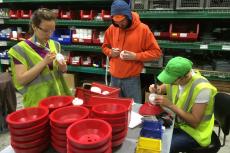
T.D.Williamson
The transfer of business-critical knowledge from key technical staff to the next generation workforce is of significant concern to the energy pipeline industry. For T.D. Williamson (TDW), the issue is nothing new. As a global pipeline solutions provider with a history reaching back nearly a century, the company implements formal knowledge transfer…
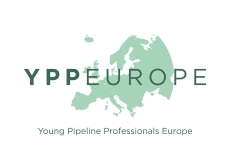
IRM Systems & Young Pipeline Professionals Europe
Knowledge transfer from senior to junior pipeline specialists and attracting young pipeliners to our industry is a topic on the agenda of many Pipeline Events. The few events that the writer of this article has attended have at least addressed these challenges.
During one of the venues, a participant stated that his company could not attract some…
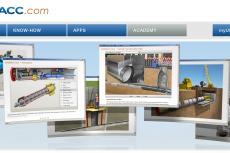
Prof. Dr.-Ing. Stein & Partner
The paper deals with Life Long Learning (Vocational Education and Training (VET) system) by providing adaptive learning resources for work-based learning in the water industry. The emphasis is on the presentation of concepts, methodology and media examples. The necessity to develop such a concept is directly connected to the huge qualification…
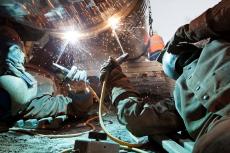
ONTRAS
Companies that operate technical systems, e.g. the German gas transmission system operator ONTRAS Gastransport GmbH, must ensure operational safety at all times, that all associated procedures and processes comply with the applicable laws and regulations, and that the company is also prepared to react in case of emergencies. Haphazard trial and…
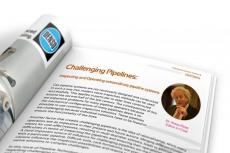
Editorial 1-2018
Gas pipeline systems are not necessarily designed and constructed in such a way that modern inline inspection methods can be used successfully. This applies in particular to older lines constructed around the second half of the last century. The consequences of this are expensive problems for many pipeline operators because the mechanical…
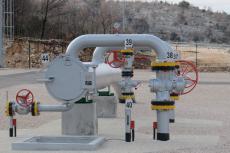
Plinacro
Pipeline DN 400 Opatovac-Slobodnica of the total length of 105 km, was constructed in 1968 and its original purpose was to transport oil from Opatovac terminal to an oil refinery near Slavonski Brod, Croatia. When it was constructed it was made in five sections. Four of them was already converted to pipeline for natural gas transmission but the…
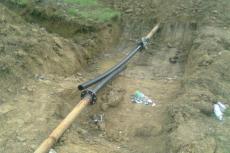
INA - Industrija nafte
Enhanced Oil Recovery (EOR) technology with injection of carbon dioxide (CO2) in production oil fields become common method of oil recovery increase. From the first commercial CO2 EOR injection project on the Kelly-Snyder Field in West Texas past more than 45 years.
However, there can be significant corrosion management challenges resulting from…
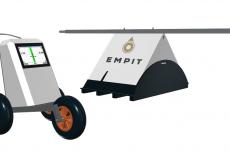
EMPIT
There are thousands of unpiggable and challenging pipelines running through Europe alone. The integrity management of these pipelines requires nondestructive evaluation techniques, which can be applied without introducing inspection tools into pipelines.
Pipeline diagnostics shall, therefore, be executed from above ground. Indirect approaches…
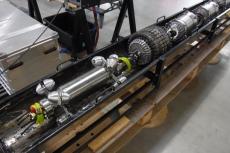
KTN AS & Kontrolltechnik
Pipeline inspection using intelligent pigs is currently the safest and most reliable way to detect relevant defects, to plan repairs and maintenance and to calculate the pipeline lifetime.
However, there are still many pipeline systems on- and offshore which were never designed and built for conventional ILI tools and modifications would be…
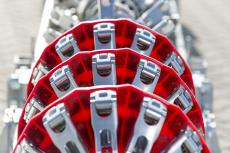
Rosen
Particularly in the 1940s and 1950s, gas pipeline systems were not necessarily designed and built with inline inspection in mind. As a result, mechanical configurations are encountered that cannot be inspected with currently available inspection equipment. Furthermore, operators are trying to reduce capital and operational expenses by merging…
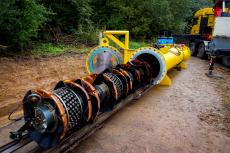
CEPS a.s.
A natural gas leakage was detected on the unpiggable high-pressure DN 600 pipeline Kasejovice – Mikulášov in Czech Republic after 50 years of operation. The pipeline was excavated and found to suffer from extensive corrosion; corrosion of a similar extent was also found when another section of the pipeline was excavated on the same location. The…

